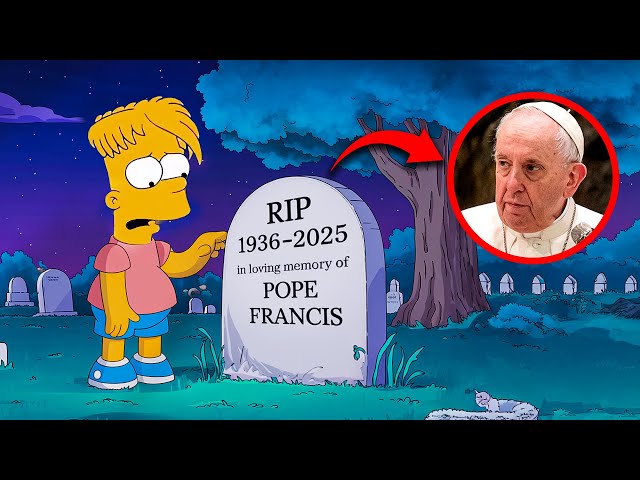San Malachi It was an Irish archbishop born in the twelfth century, in Armagh, Ireland. His real name was Máel Máedóc Ua Morgairbut it was known as Malachia, which in Latin means ‘messenger’. His shine moment came with the reform of the Irish church, since he based the work of his vineto align local practices with those of Rome. Thus, it introduced clerical discipline, liturgical reforms and ecclesial unity.
The truth is that Malachi began from below, literally, He was a bishop of Down, a small town whose Christian population was not much in its time, and then rose to Archbishop of Armagh, The most important headquarters in the country. During his trips to Rome, he established deep ties with the European monastic world, in particular with Cistercians, a monastic order Catholic renovated founded in 1098 in France.
Malachi died in 1148 in his friend’s arms San Bernardo de Claraval, who was actually in charge of transmitting his biography and his supposed prophetic gifts, such as the famous “Prophecy of the Popes” or “Prophecy of San Malachi”, A list of phrases that believers adjusted to the different popes that have gone through the history of the Catholic Church.
What does the prophecy of San Malachi say?
Interestingly, historians believe that San Malachi never wrote that text. The prophetic list was first published in 1595, More than four centuries after his death, and many think it was a falsification attributed to him to give credibility to predictions about future potatoes. The purpose of this invention was, perhaps, Influence in papal decisionsgenerating fear among cardinals with apocalyptic auguries.
Even so, the prophecy of San Malachi is one of the most enigmatic and controversial documents of the Christian religious tradition, since it contains a list of 112 Latin slogans, each allegedly corresponding to a Pope of the Catholic Church, From 1143 to the end of time.
According to tradition, San Malachi would have received a divine vision during a trip to Rome, in which the symbolic name of each of the future pontiffs was revealed. The list, however, It was not published until 1595, Centuries after his death, when he appeared in the book Lignum Vitae of the Benedictine Monk Arnold of Wyon.
Each motto of the prophecy describes the Pope with a brief and symbolic phrase. For example, a Benedict XVI the sentence identifies them Glory olive In Spanish, “the glory of the olive tree”, since the Benedictine order is related symbolically with olive and peace.
A success or deception?
As we mentioned, historians are skeptical of these prophecies because, although the first 74 slogans of the list, prior to the publication of 1595, They coincide suspiciously well with papal history,From there, they become vague and open to interpretation, which supports the theory that it was a subsequent creation to give appearance of prophecy fulfilled.
Anyway, San Malachi and its oracle capacity remains relevant within popular legends and The prophecies of similar calibers like that of Nostradamus. One of the things that has generated curiosity, or for the most naive, fear is that The prophecy ends with Pope number 112, who supposedly would be the last pontiff before the final judgment. That last Pope is described as Petrus Roman (“Pedro el Romano”).
It should be noted that the count from the 1500s here leaves many doubts, in reality, We do not know for sure which pope we are going. After Benedict XVI, many were fixed carefully to the election of Jorge Mario Bergoglio, chosen in 2013 as the last Pope, but now there are those who say that The last Pope is just to arrive.







